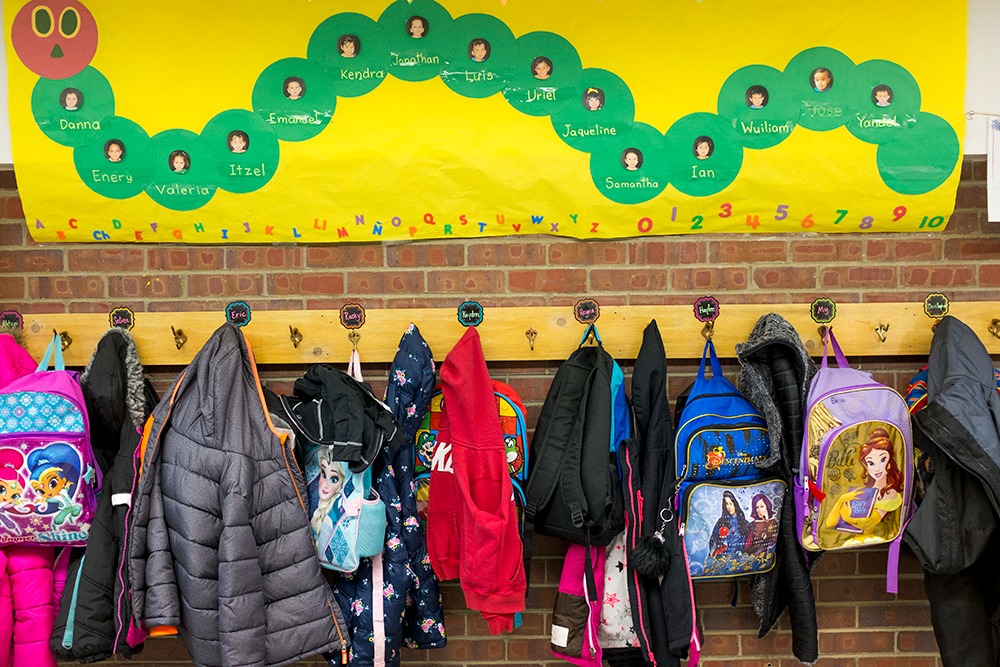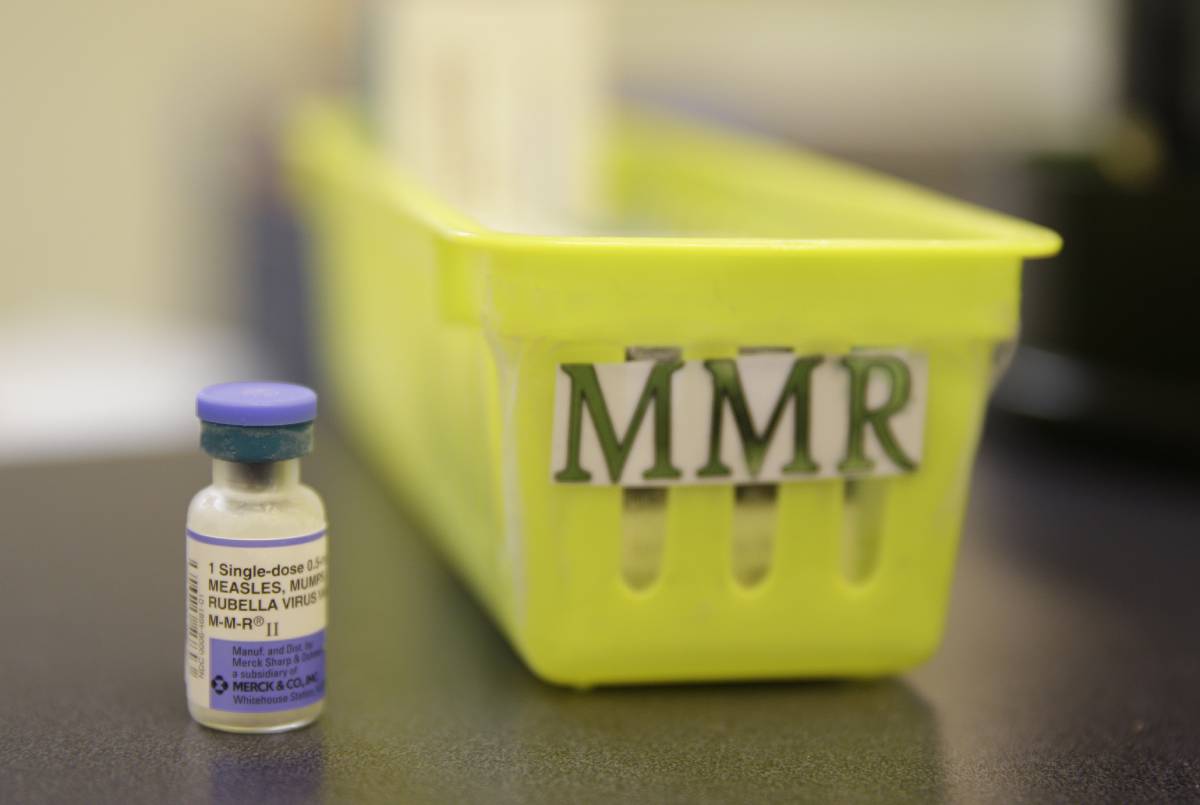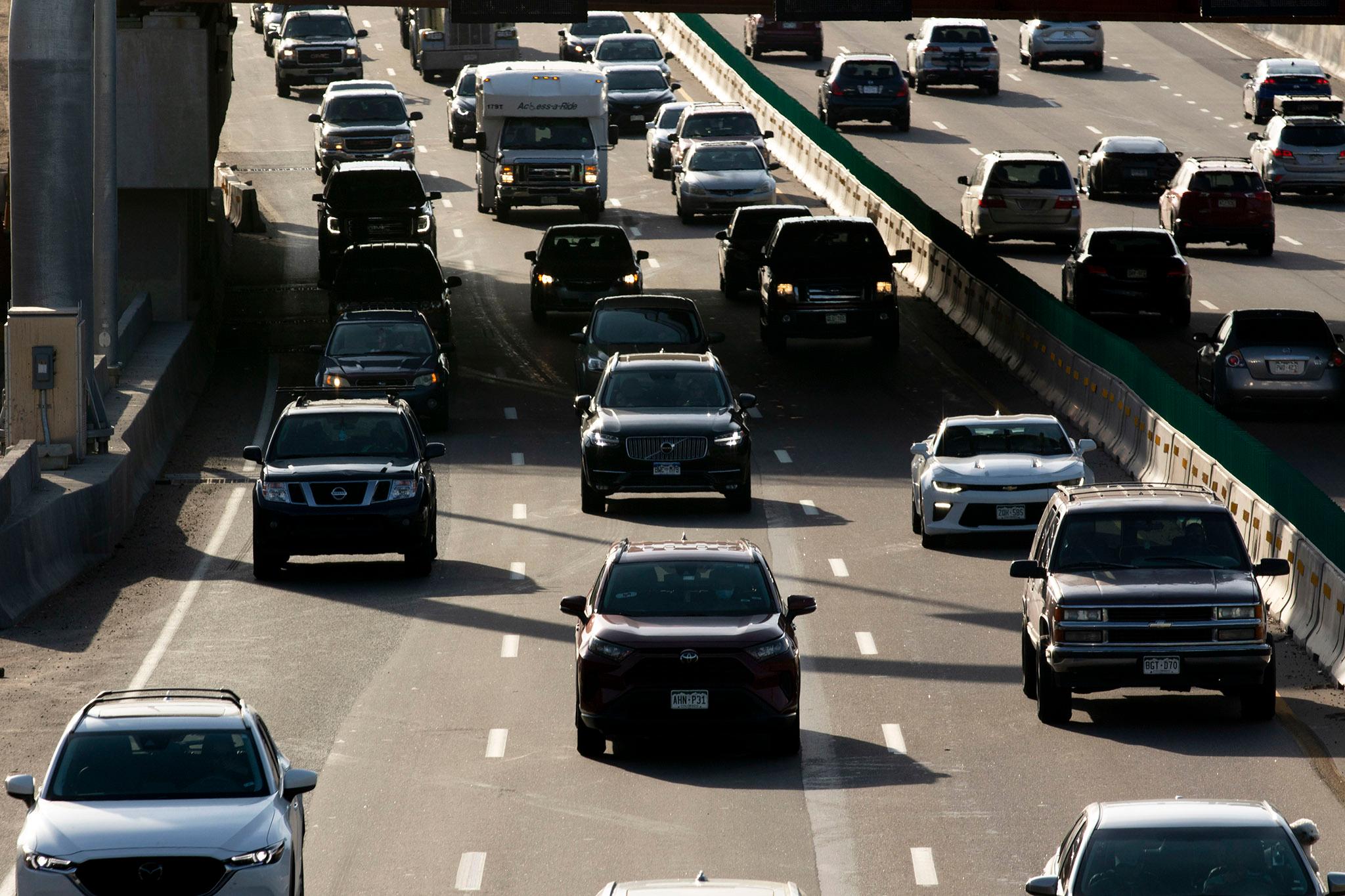
More school districts and schools earned one of the top two ratings on the state’s annual report card according to preliminary results released Tuesday. Some districts and schools improved their ratings over last year but overall, they are still not better than before the pandemic. The trend mirrors student state test data released last month.
The number of districts on the state’s watch list for low performance was cut in half from 22 to 11, the lowest numbers since the pandemic but still more than levels before 2020.
“The steady progress in the school and district frameworks is a testament to the dedication and hard work of our students, staff, and communities over the past few years," said Colorado Education Commissioner Susana Córdova.
The new data gives school leaders insight into how schools are performing while highlighting the districts and schools that need support from the state.
How the ratings work
The state issues performance ratings for every public school and district each year based on state tests, graduation and dropout rates and for older students, college enrollment and participation in career pathways.
For districts, the color-coded scorecard has five ratings:
- Blue (accredited with distinction)
- Green (accredited), yellow (accredited with improvement)
- Yellow (accredited with improvement)
- Orange (accredited with priority improvement)
- Red (accredited with turnaround)
Overall, 82 percent of districts earned ratings of improvement or higher (yellow, green, or blue), compared to 71 percent last year. Seventeen districts earned the highest rating, while 25 districts moved up at least one rating. The numbers are subject to change as districts can appeal the rating.
Individual schools can earn one of four ratings.
- Blue (accredited with distinction)
- Green (accredited)
- Yellow (accredited with improvement)
- Red (accredited with turnaround)
This year 83 percent earned a rating of improvement or higher, compared to 78 percent last year.
The vast majority of schools, 1,125, earned the highest rating, “performance plan.” More than 160 schools received one of the state’s two lowest ratings. That makes them eligible to receive state assistance to improve but also state intervention. The watch list comprises 10 percent of Colorado’s schools.
Many school officials criticize the rating system as inequitable, one that punishes schools with high numbers of Hispanic and low-income students, though an audit found it a “reasonable and appropriate” way to evaluate school performance. A task force, however, is examining whether and how to overhaul it.
Lisa Medler, executive director of accountability and continuous improvement at the Colorado Department of Education, acknowledges that getting a label doesn’t make schools feel good but she said the department’s first priority is supporting schools that need help.
“The department's intent is not to punish the sites, is not to publicly shame the sites, but rather we know that there are kids behind every number and so it really is an attempt to have the state recognize and ensure that every student has what they need to master academic standards.”
Accountability clock
State law requires the state board of education to intervene with more rigorous action when districts have had five consecutive years in the two lowest rating categories. Schools land on the “accountability clock” in their first year in one of the low ratings.
Medler said as soon as schools land on the watch list, the state offers grants and support.
This year, there were fewer districts on the list than last year. Ten districts improved enough to drop off the list, while 11 remained. Notably, Aurora Public Schools earned an improvement rating this year, coming off the accountability clock. Two districts are newly on the clock: Education reEnvisioned BOCES and Hi-Plains R-23 on the Eastern Plains.
In 2022, the state board of education ordered a reorganization of Adams 14 in Commerce City, after more than 10 years on the district’s watch list. District officials, surrounding districts and the community pushed back and Adams 14 regained control. The district has engaged in a Herculean effort to improve attendance and boost scores but ratings this year stayed in the second-lowest level, bringing it to year 11 on the clock.
In Denver, seven schools, including Abraham Lincoln High, scored in the red or lowest category. One was because of low test participation. All the brick-and-mortar schools on the list have high concentrations of students living in poverty. Manual High School performed much better and came off the low-performance watch list.
In Aurora, Aurora Central Campus kept its low rating despite earning enough points to exit the watch list. That’s because of low test participation. Three other schools remained in the red zone.
JeffCo Public Schools has eight schools on the clock, double the number from last year.
Overall, Medler is encouraged by the “stair-step” improvement over the last few years.
“The work is hard,” Medlersaid.
Performance ratings will be finalized in December. Look up your school’s rating on the school and district dashboard here.









